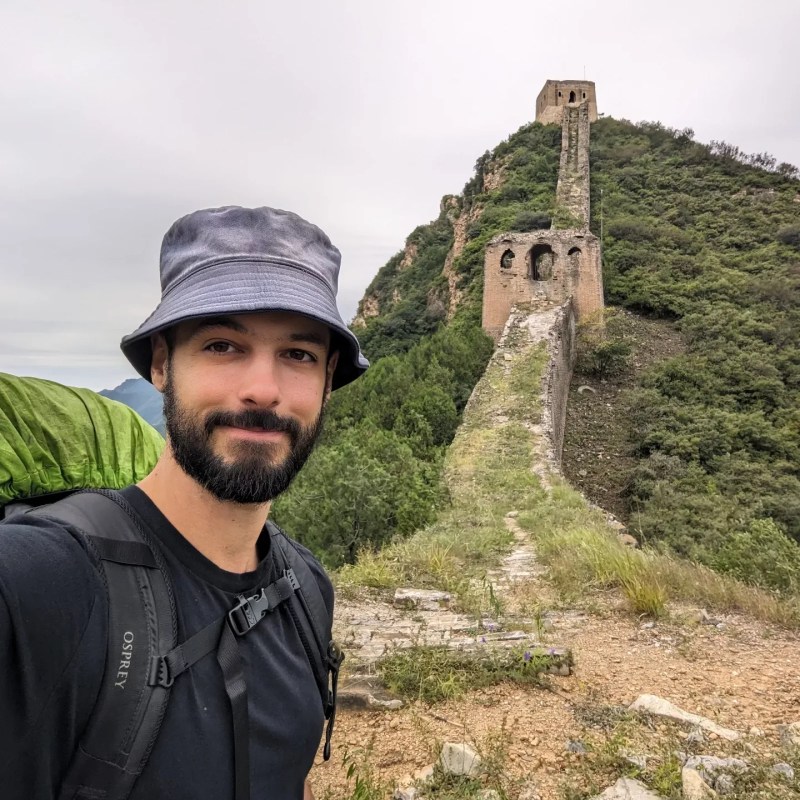
Last July, I shouted out one of my favorite Instagram travel accounts, @Omar.Nok.
Videos by TravelAwaits
The account follows Omar Nok, a young Egyptian man with very unique travel dreams. Last year, he was on a mission to make it from Egypt to Japan without flying, making the entire journey on foot or via ground transportation.
He didn’t make hotel reservations. He didn’t reserve bus or train tickets ahead of time. He just walked eastward with a pleasant demeanor, relying on acquaintances that he met along the way to help him find lodging, meals, and a way to book the next leg of his journey.
As a traveler who has a background in cultural studies, I love this type of ‘analog’ travel journey.
His journey from one tip of Asia to the next harkened back to the era of the Silk Road. It touched my heart to see Omar’s trials and tribulations, to hear his reflections and hopes and dreams.
It also meant a lot to see a content creator who wasn’t bound to an aesthetic or long series of sponsorships. (No hate, we all need to make a living!) Instead, Omar was just a friendly guy with a passion for exploration and slow travel.
When Omar made it to Japan, I assumed the journey was over. He’d picked up a massive following along the way, which earned him spotlights in NPR and other big-name publications.
And it was—at least, for the moment.
Then Omar decided to do something even more unexpected: crossing India without flying.
Oh, and he finally got a sponsor.
It’s Airalo, the first eSIM brand I shouted out in another article last year. I’ve been using Airalo for a while, so seeing Omar talk about Airalo on his latest adventure was a crossover I wasn’t ready for.
Consider this your reintroduction to both.
Omar is using Airalo while remote in India
On Episode 3 of Omar’s journey across India, he stops on the way through Mysore, up north to Hampi. After getting bullied by the monkeys at a Hampi temple (classic) and taking a sleeper bus that he says is almost like a hostel, Omar arrives at his destination in a rural village.
That’s when he shouts out Airalo (technically, Airalo Arabia). Apparently, this isn’t the first time Omar has relied on the global eSIM provider for his travels.
And as someone who has spent time far off the beaten path in India and other parts of Asia, I’m impressed that Airalo’s coverage extends to such remote places.
It’s a big, fat stamp of approval, if I’ve ever seen it.
What this means: Airalo should be on your radar if you’re traveling remote
My coverage of Airalo focused on my own experience using it to get cell service, mostly in Europe. The app is a breeze to use, making it ideal for first-time eSIM users.
You can easily shop around for a data plan that meets your needs based on the country—and the cherry on top is that the plans from Airalo are affordable.
But, to be fair, I haven’t used Airalo in a truly remote location before. And while India is home to some of the world’s most populous cities, it’s also home to more countryside than the average American realizes.
If Omar is reliably using Airalo’s eSIM in a village around Hampi, I’m convinced the eSIM should be on your radar for remote, wilderness adventures.
As always, research your destination and try to find a forum where you can learn from other travelers who have taken on a similar adventure. They might have specific advice related to service plans that worked for them. But if you need an eSIM with extended capabilities, keep Airalo on your radar.
